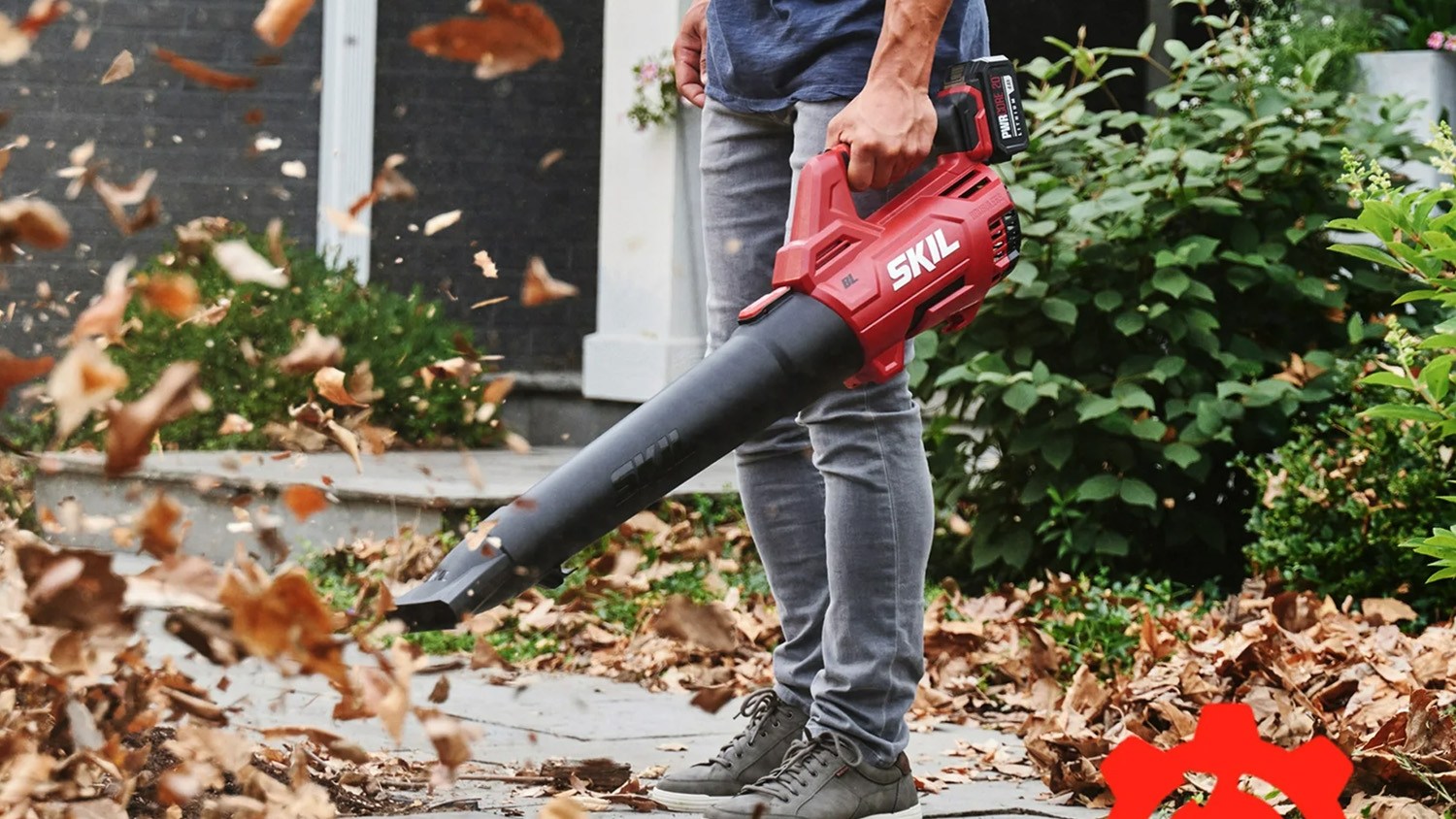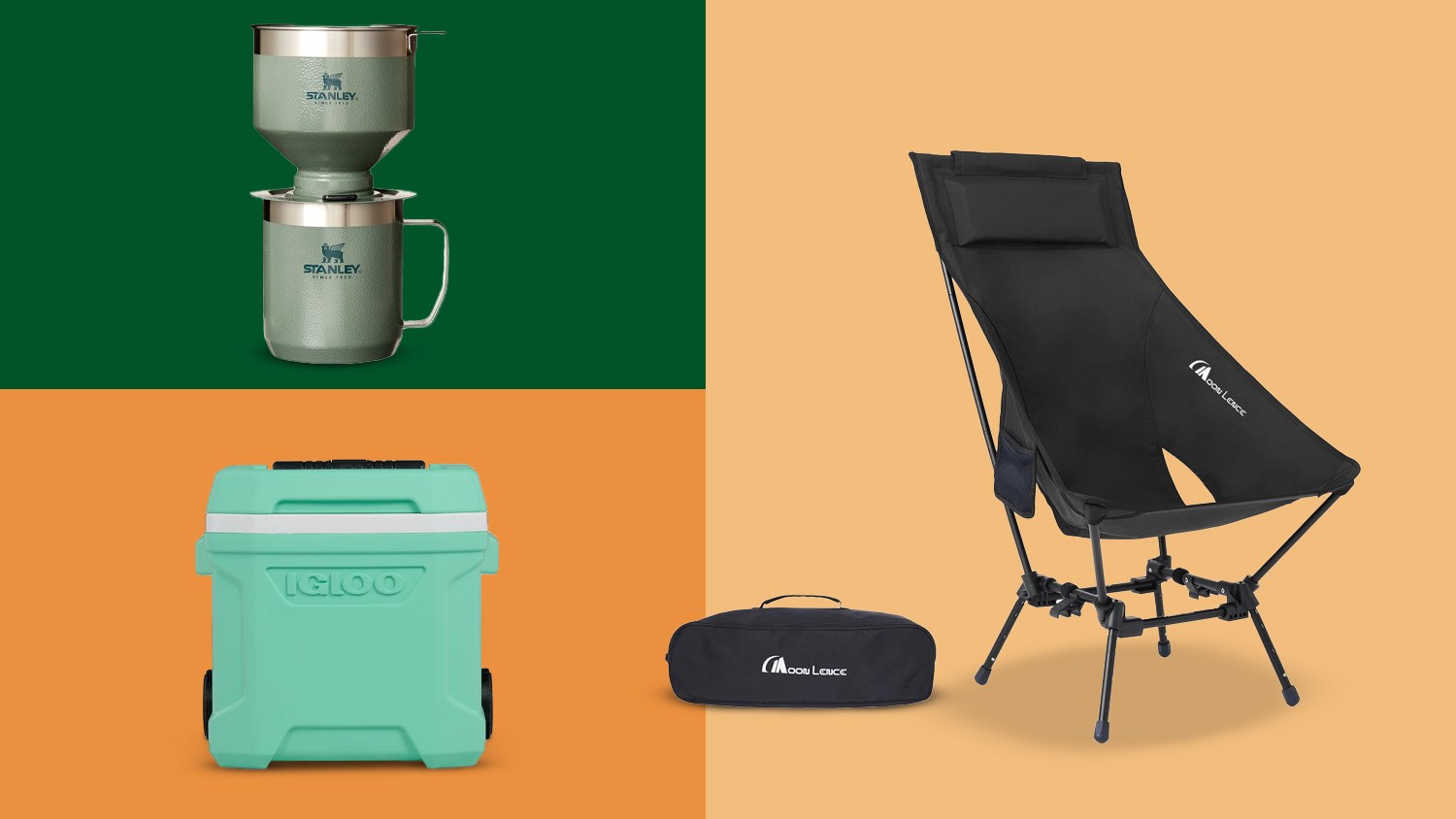TAMPA, Fla. (WFLA) — Florida health officials noted that six Tampa Bay-area counties saw an “unusual increase” in cases of Vibrio vulnificus this year, attributed to floodwaters from back-to-back hurricanes.
Vibrio vulnificus is a so-called “flesh-eating bacteria” that lives in warm seawater. Infection, which is rare, occurs when cuts and wounds come into direct contact with seawater, or when someone eats raw shellfish, particularly oysters.
“In 2024, Citrus, Hernando, Hillsborough, Lee, Pasco, Pinellas, and Sarasota Counties experiences unusual increase due to the impacts of Hurricane Helene,” health officials wrote.
Here’s how many cases and deaths have been attributed to the bacteria in Florida, according to data from the Florida Department of Health:
| 2022 | 2022 | 2023 | 2023 | 2024 | 2024 | |
| County | Cases | Deaths | Cases | Deaths | Cases | Deaths |
| Alachua | 0 | 0 | 1 | 0 | 2 | 0 |
| Bay | 3 | 1 | 1 | 0 | 1 | 0 |
| Brevard | 4 | 1 | 1 | 0 | 5 | 0 |
| Broward | 2 | 1 | 3 | 1 | 1 | 0 |
| Charlotte | 1 | 0 | 2 | 1 | 4 | 1 |
| Citrus | 2 | 2 | 2 | 1 | 3 | 0 |
| Clay | 0 | 0 | 0 | 0 | 1 | 0 |
| Collier | 3 | 0 | 1 | 0 | 1 | 0 |
| Duval | 2 | 0 | 2 | 1 | 4 | 2 |
| Escambia | 5 | 1 | 4 | 0 | 4 | 0 |
| Gadsden | 0 | 0 | 1 | 0 | 0 | 0 |
| Hernando | 1 | 0 | 1 | 0 | 3 | 1 |
| Highlands | 1 | 1 | 0 | 0 | 0 | 0 |
| Hillsborough | 0 | 0 | 4 | 2 | 5 | 0 |
| Lake | 0 | 0 | 1 | 0 | 0 | 0 |
| Lee | 28 | 8 | 4 | 0 | 4 | 0 |
| Leon | 1 | 0 | 1 | 0 | 1 | 0 |
| Manatee | 1 | 0 | 1 | 1 | 0 | 0 |
| Okaloosa | 2 | 0 | 4 | 0 | 1 | 0 |
| Palm Beach | 0 | 0 | 0 | 0 | 2 | 2 |
| Pasco | 0 | 0 | 2 | 1 | 4 | 1 |
| Pinellas | 1 | 0 | 0 | 0 | 13 | 1 |
| Polk | 1 | 1 | 1 | 1 | 0 | 0 |
| St. Lucie | 0 | 0 | 1 | 0 | 0 | 0 |
| Santa Rosa | 4 | 0 | 0 | 0 | 2 | 0 |
| Sarasota | 1 | 0 | 6 | 2 | 2 | 0 |
| Seminole | 1 | 1 | 1 | 0 | 2 | 2 |
| Sumter | 0 | 0 | 0 | 0 | 1 | 0 |
| Volusia | 2 | 0 | 0 | 0 | 2 | 0 |
| Walton | 0 | 0 | 0 | 0 | 2 | 1 |
| Washington | 0 | 0 | 1 | 0 | 0 | 0 |
| Total: | 74 | 17 | 46 | 11 | 70 | 11 |
Ingestion of Vibrio vulnificus can cause vomiting, diarrhea and abdominal pain. It can also lead to a skin infection if it comes into contact with an open wound. Vibrio vulnificus bloodstream infections are fatal about 50% of the time, according to FDOH.
Immunocompromised individuals and people with preexisting medical conditions are most at risk. Health officials suggest wearing shoes to prevent injury caused by rocks and shells on the beach.
“Wound infections may also be serious in people with weakened immune systems,” health officials wrote. “The wound may heal poorly and require surgery. Sometimes amputation may even be needed for recovery.”
Tips for preventing Vibrio vulnificus infections:
- Do not eat raw oysters or other raw shellfish.
- Cook shellfish (oysters, clams, mussels) thoroughly.
- For shellfish in the shell, either a) boil until the shells open and continue boiling for 5 more minutes, or b) steam until the shells open and then continue cooking for 9 more minutes. Do not eat those shellfish that do not open during cooking. Boil shucked oysters at least 3 minutes, or fry them in oil at least 10 minutes at 375°F.
- Avoid cross-contamination of cooked seafood and other foods with raw seafood and juices from raw seafood.
- Eat shellfish promptly after cooking and refrigerate leftovers.
- Avoid exposure of open wounds or broken skin to warm salt or brackish water, or to raw shellfish harvested from such waters.
- Wear protective clothing (e.g., gloves) when handling raw shellfish.
For more information, visit the Florida Department of Health website.














